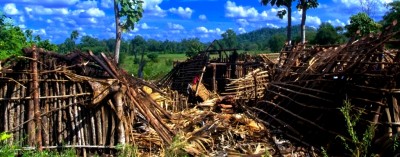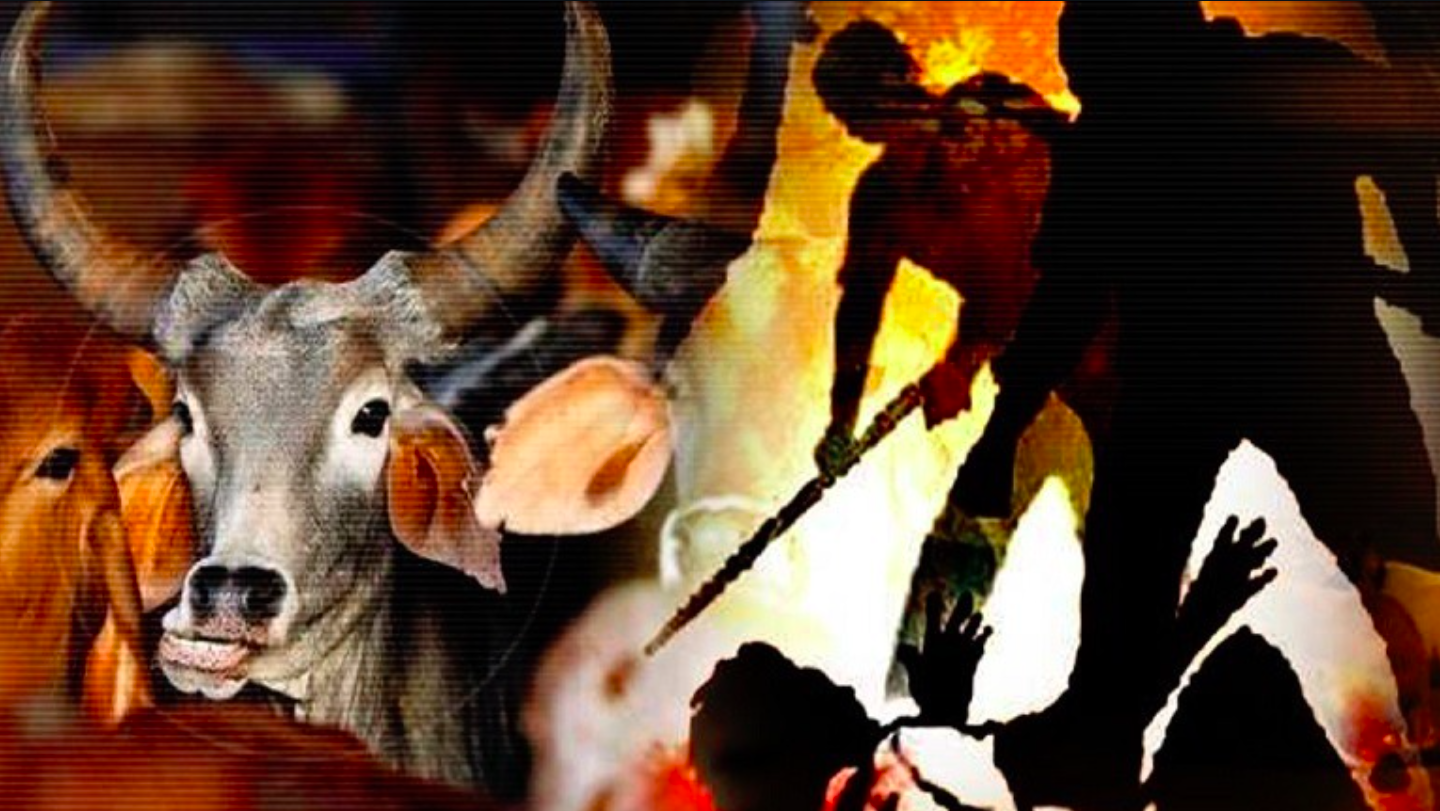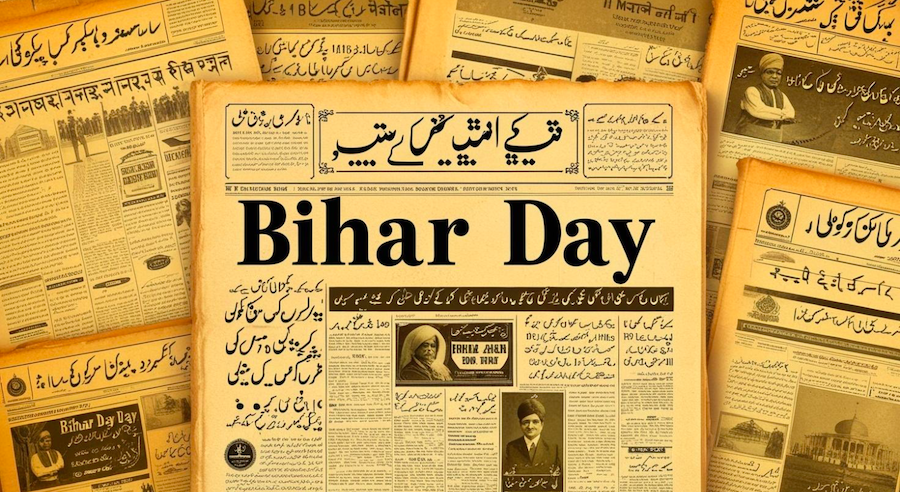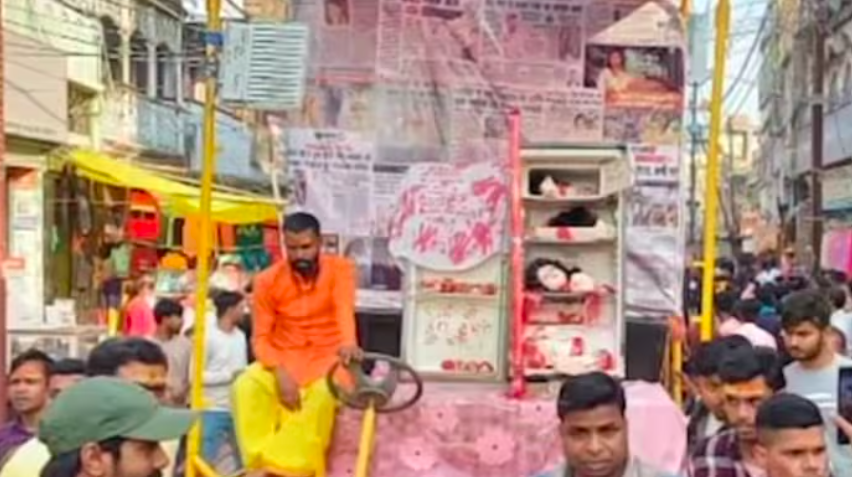Adil Hossain for BeyondHeadlines
The debate around Maoist insurgency in India is stuck within two fundamentally opposite views. One view is that this insurgency is simply a law and order issue and should be dealt by force alone and the other view propoundsthat it’s more of a social and political problem arising out of decade long alienation and oppression of tribal people.
People arguing for military solution argue with evidence that Telugu Desam Party led Andhra Pradesh, Congress led Punjab and Left party led Tripura all successfully ended insurgency in their states by swift policing and strong application of force. They say that Maoism is not about tribal rights issue but an ideology espoused by some rogues who doesn’t believe in Indian democracy. Others point out that there may be some serious justifications for the increasing influence of Maoists among tribal population as the state is seen to be committing ‘genocide’ by pushing them into destitution and abject penury. Indiscriminate mining leases to multinationals and large-scale displacement with no social security are the reasons behind it as argued by many.
The recent brazen Maoist attack on the Congress leadership of the Chhattisgarh state which claimed scores of lives has shaken Indian administration to the hilt. In the absence of any sound strategy, they have responded by sending in more paramilitary troops to the region which can be seen as a knee jerk response. In the meantime, the shrill TV debates are buzzing with more calls for ‘final war’ by cabinet ministers, security analysts and people alike. Human rights activists are charged with romanticising the Maoists when they claim that Naxal violence, though deplorable, should be seen as ‘counter-terror’ to the ‘structural violence’ unleashed by the government of India upon the hapless tribal people. Presently the situation has become so bad that not only activists but also people within government are calling for moratorium on mining in tribal areas and full implementation of Panchayats ( Extension to Scheduled Areas) Acts or PESA, Forest Rights Act and Article 241 of Indian constitution in those areas.
It is indeed true that the government’s response to the Maoist issue has often relied on vivid imagery. Images of blood spattered on convoys, tears in the eyes of relatives of victims of Maoist violence and the promise of development are often used to justify their tough stand on Maoists. But whether we are capable of measuring the impact of structural violence perpetrated by the Indian state on the tribals remains another matter. And our incapacity to gauge the impact is reflected quite well in our collective silence and ignorance when the state increasingly submits to corporate interests by trampling over tribal rights enshrined in the Indian constitution. There is no denying that Maoists have taken over this democratic vacuum created by our political leaders and therefore the state first needs to address the problem as a political one.
To ensure the writ of state, at times one can suggests better policing and administration but in this particular instance there should be proper recognition of a form of state violence which is both invisible and silent. Long before Arundhati Roy (who regularly employs the phrase ‘structural violence’), anthropologists like Paul Farmer or Nancy Scheper Hughes discussed it at length and argued that structural violence both stems from and furthers the insignificance of poor people in the eyes of the state. This is quite obvious in India where, though we rely on democratic spirits to strengthen our country (and argue that such violence is anti-democratic), political leaders fail to voice the concerns and interests of these indigenous people. Even the Tribal Affairs Minister’s advice is not being listened to by its own UPA government.
To contain the Maoists, security analysts are constantly discussing identifying strategic points and the need to surround them with heavy force deployment. Questions remain over whether such an approach would be effective given the nature of the crisis. It’s time that Indian government starts developing multi-pronged strategies to surround these ‘strategic points’ and people with areas where the fifth schedule norms, PESA, Forest Rights Act and other tribal rights enshrined in Indian constitution are fully implemented in a time bound manner. If a state refuses to follow its own Constitution and Acts passed in Parliament, how can it boast of being a functional democracy?
“We are aware that another gigantic wall is being constructed in the Third World, to hide the reality of the poor majorities. A wall between the rich and poor is being built, so that poverty does not annoy the powerful and the poor are obliged to die in the silence of history,” noted Chilean theologian Pablo Richard during the fall of Berlin Wall. The Maoists are selling a dream to the tribals that if they take up arms against the state, they won’t die in the “silence of history”. If the state justifies its actions relying on the tremendous power contained in the word ‘development’, then it should also accept the greater currency of this dream with every misstep it takes in future.
(Adil Hossain is a student of development anthropology at Goldsmiths, University of London and intern at Media Standard Trust, London. He can be followed on twitter@adilhossain)










